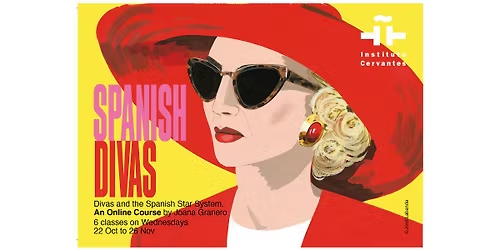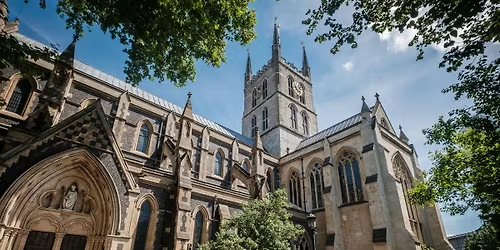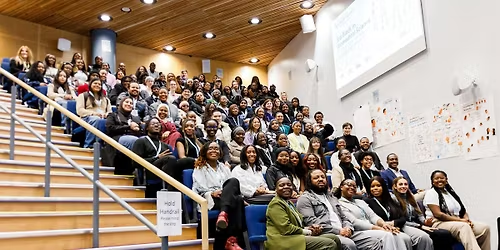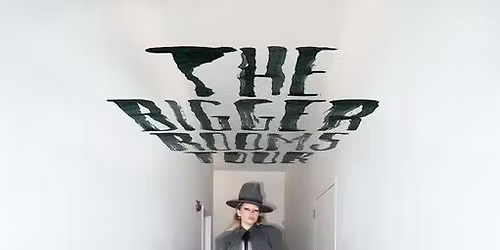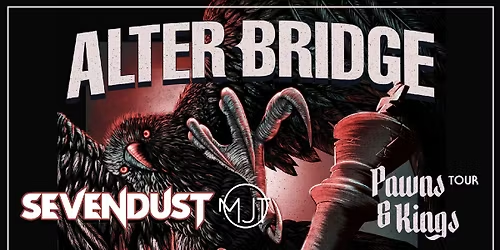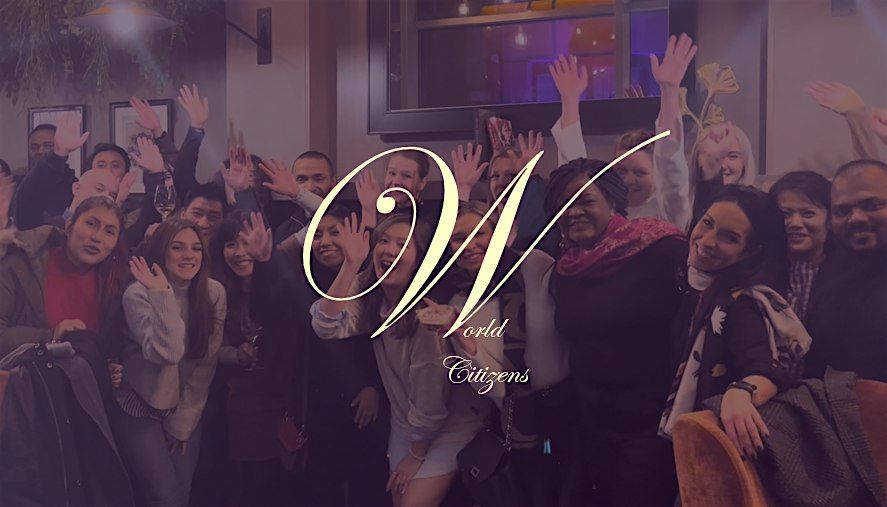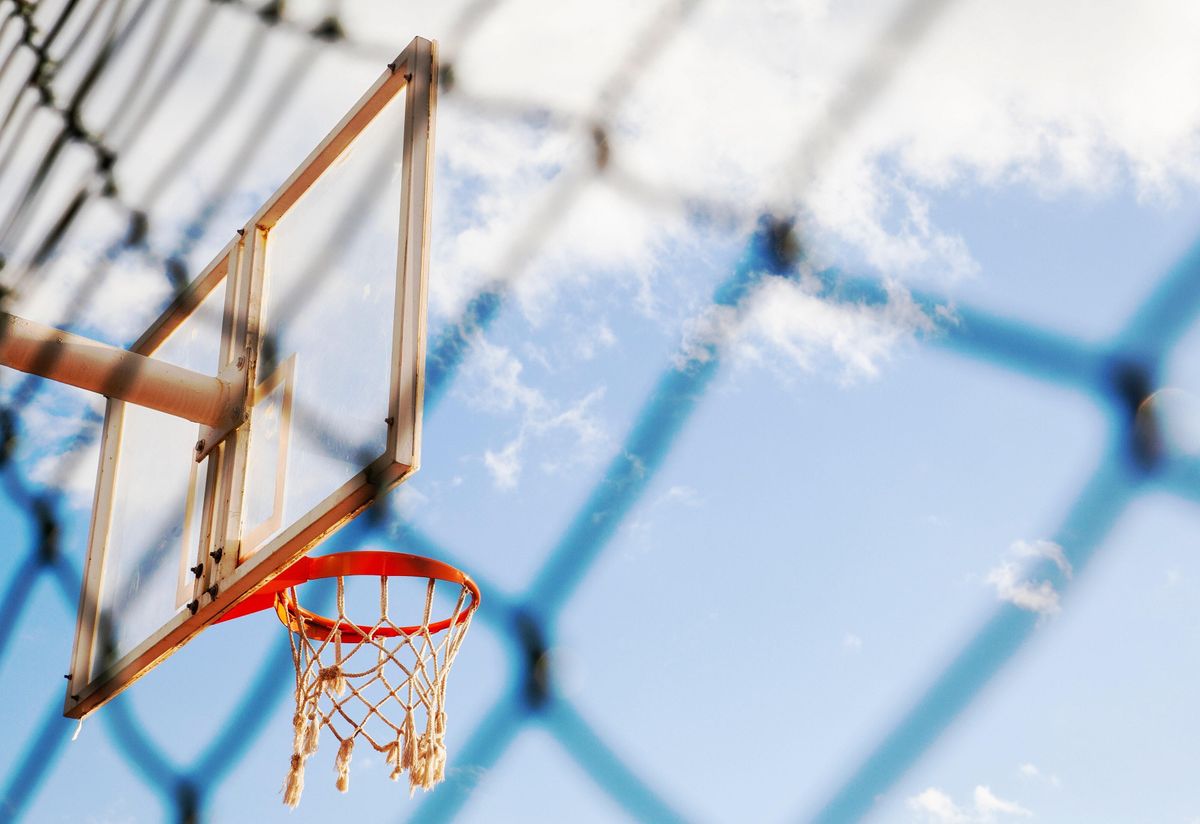The Black Press in the Jim Crow Courtroom
Schedule
Wed Mar 04 2026 at 01:00 pm to 02:30 pm
UTC+00:00Location
room 103, 51 Gordon Sq | London, EN

About this Event
In the 1930s, the ‘Black Press’ balanced news reporting with civil rights advocacy for an African American audience that was effectively excluded from America’s segregated media. Photographs in newspapers and magazines made Black life visible, and represented African Americans in dynamic, emblematic, and sometimes sensationalist ways. On photo news pages, images of racial injustice featured alongside scenes of Black civil society, celebrity, and sports.
The trials of the Scottsboro Nine constituted the most prominent case of racial injustice in first half of the Twentieth Century. In 1931 nine teenage African Americans faced the death penalty for a charge of sexual assault in Northern Alabama. A process of trials, appeals, and retrials throughout the decade, which eventually led to their release, served as a testing ground for racial relations in the South.
Black journalists from the Baltimore Afro-American and Virginian New Journal and Guide attended retrials in Spring 1933 that took place in the city of Decatur. This risky undertaking meant that they travelled without photographers, instead reporting on the events with accompanying images by white photojournalists. The photographs that appeared in these newspapers were different from selections in mainstream (default white) counterparts.
If images of the defendants in Southern and national media often supported pejorative stereotypes, the Black Press’s picture editing of the case drew attention to the complex racial implications of the trial, humanized the defendants, highlighted African American witnesses and potential jurors, and incorporated the journalists as participants in the events.
This repurposing of photographs was a radical means of creating counter-narratives to the explicit or veiled white supremacy that defined coverage outside of the Black Press (excepting Communist media and some liberal publications).
Speaker: Dr Barnaby Haran, University of Hull.
Barnaby Haran teaches and researches American visual culture with a specialism in the history of photography. Barnaby has written widely on American documentary photography of the early 1930s, including articles on Paul Strand, Margaret Bourke-White, and the Workers Film and Photo League.
His current research explores the intersection of radical politics and campaigns against racial injustice in relation to press photography and political propaganda. He is developing a monograph (under contract with Routledge for its History of Photography series) on the uses of photography in the media coverage of the Scottsboro Case.
He is Co-Director of the Cultures of Incarceration Centre.
Chair: Dr Kimberly Schreiber, Leverhulme Trust Research Fellow, UCL Institute of the Americas.
Image: ‘The Scottsboro Nine in J*il in 1936’. National Portrait Gallery, Smithsonian Institution; acquired through the generosity of Elizabeth Ann Hylton. https://npg.si.edu/object/npg_NPG.2011.25
Where is it happening?
room 103, 51 Gordon Sq, 51 Gordon Square, London, United KingdomEvent Location & Nearby Stays:
GBP 0.00


